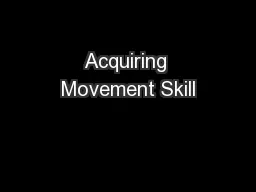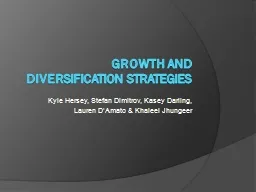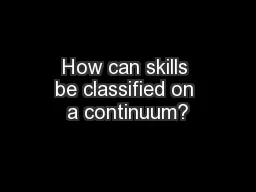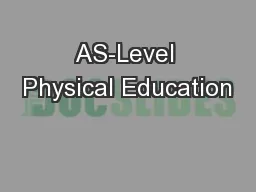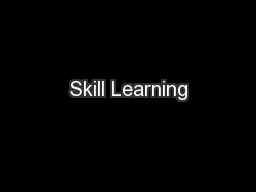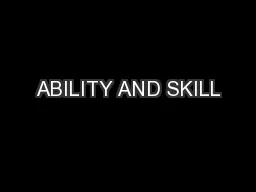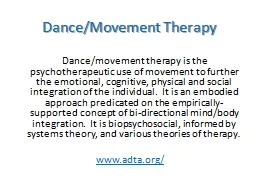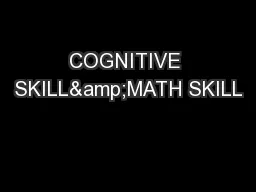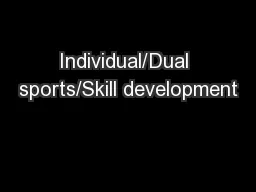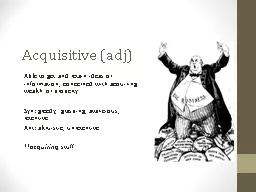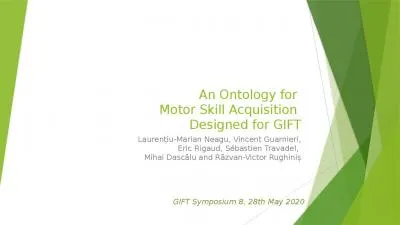PPT-Acquiring Movement Skill
Author : olivia-moreira | Published Date : 2016-06-12
Classification of Motor Skills and abilities Objective know the classifications of skill Muscular involvement Grossfine Environmental Openclosed Continuity discrete
Presentation Embed Code
Download Presentation
Download Presentation The PPT/PDF document "Acquiring Movement Skill" is the property of its rightful owner. Permission is granted to download and print the materials on this website for personal, non-commercial use only, and to display it on your personal computer provided you do not modify the materials and that you retain all copyright notices contained in the materials. By downloading content from our website, you accept the terms of this agreement.
Acquiring Movement Skill: Transcript
Download Rules Of Document
"Acquiring Movement Skill"The content belongs to its owner. You may download and print it for personal use, without modification, and keep all copyright notices. By downloading, you agree to these terms.
Related Documents

